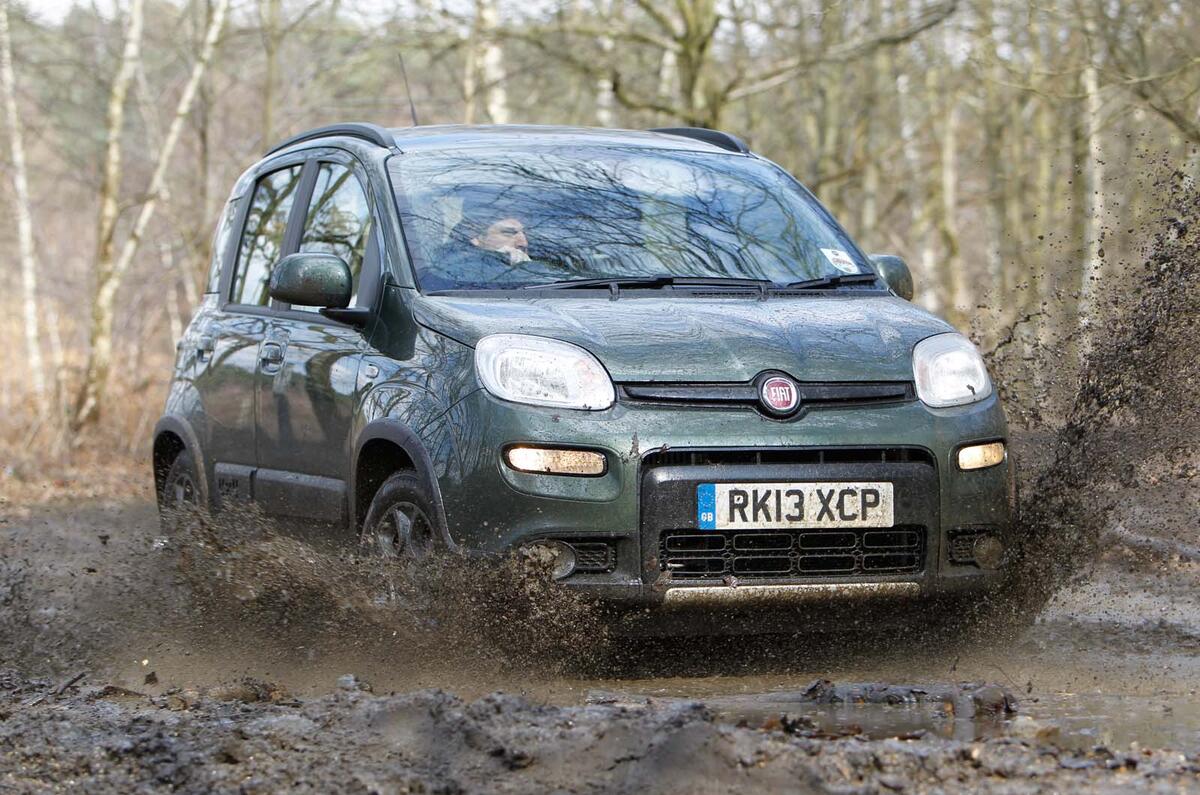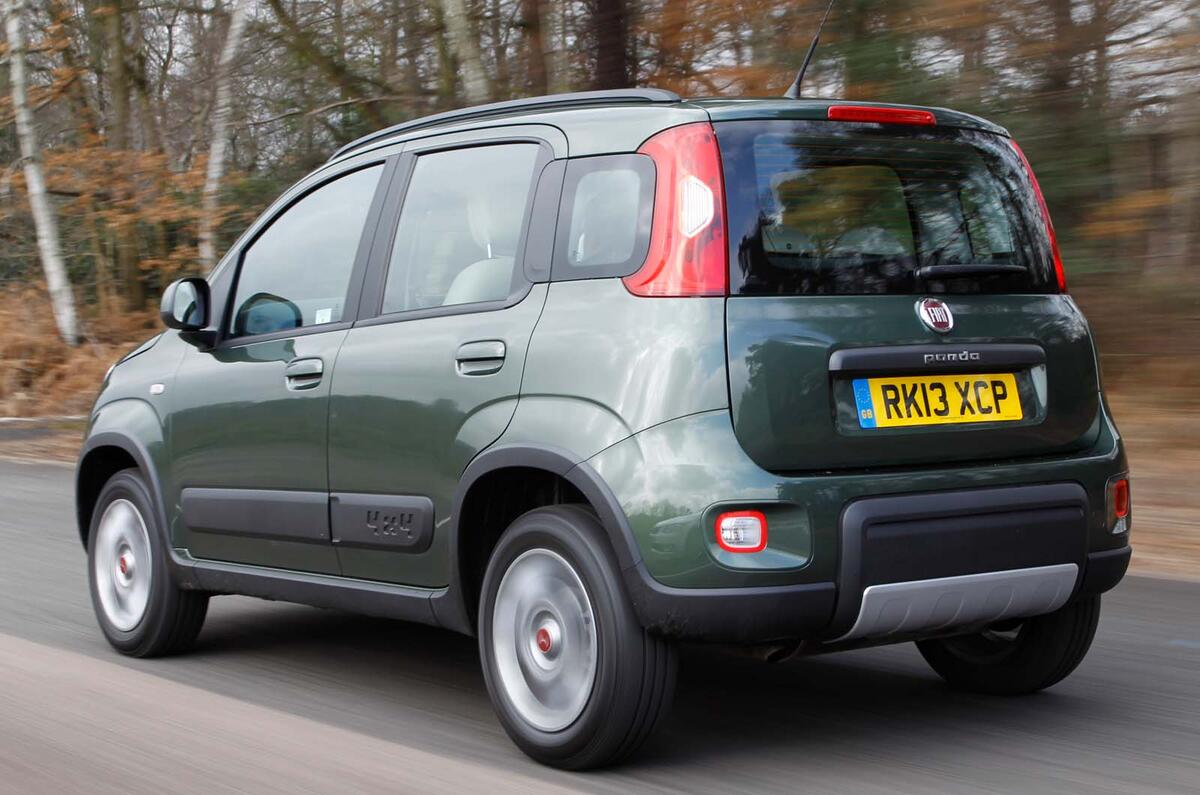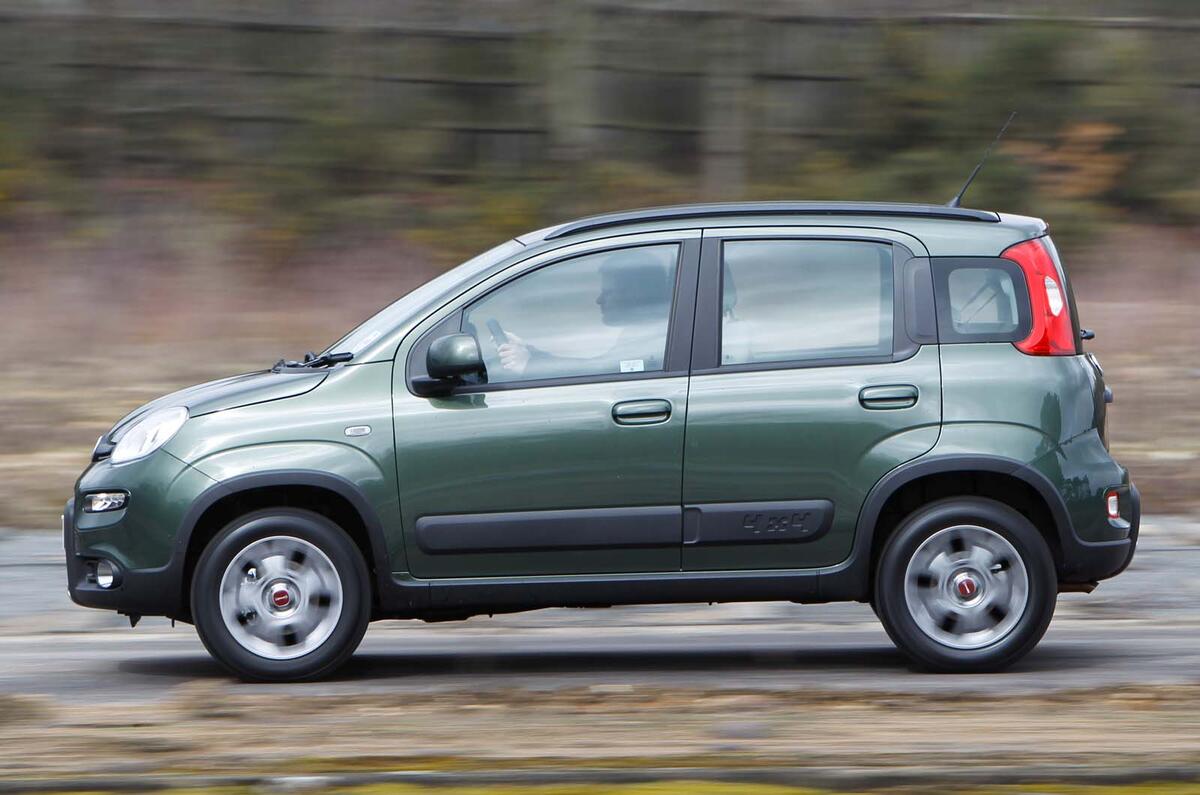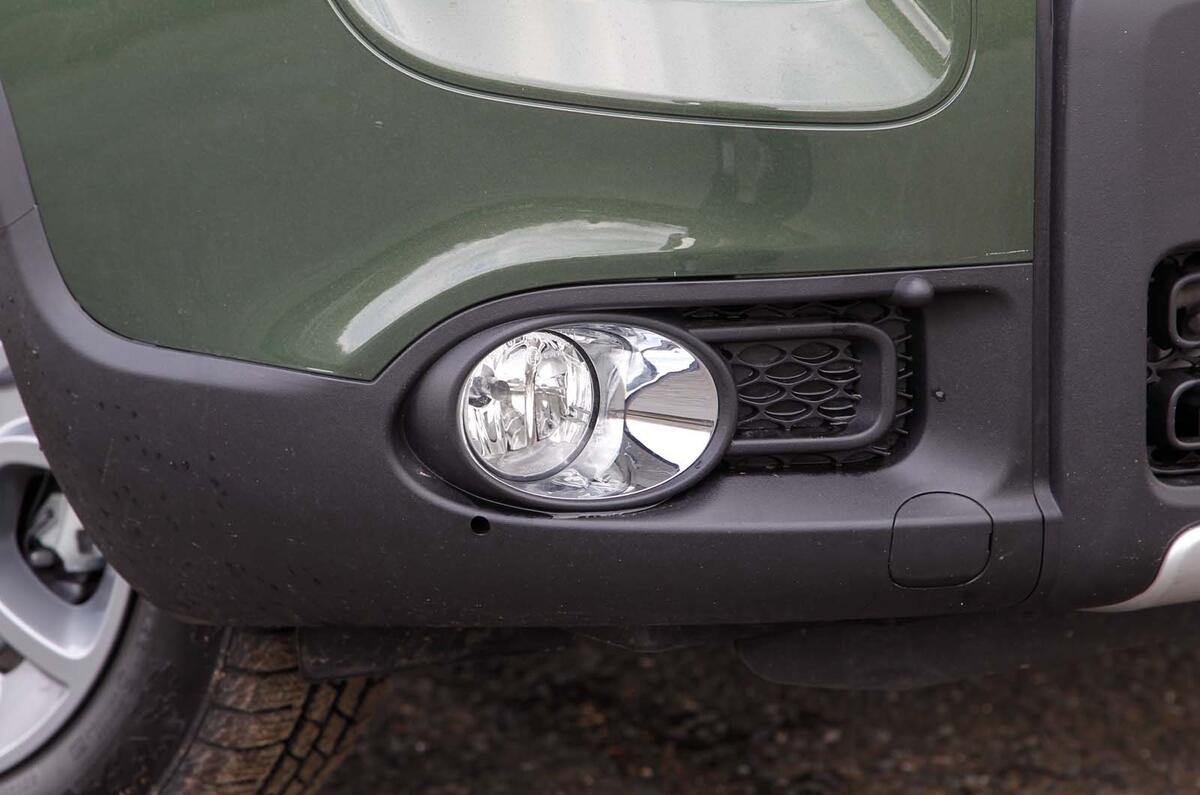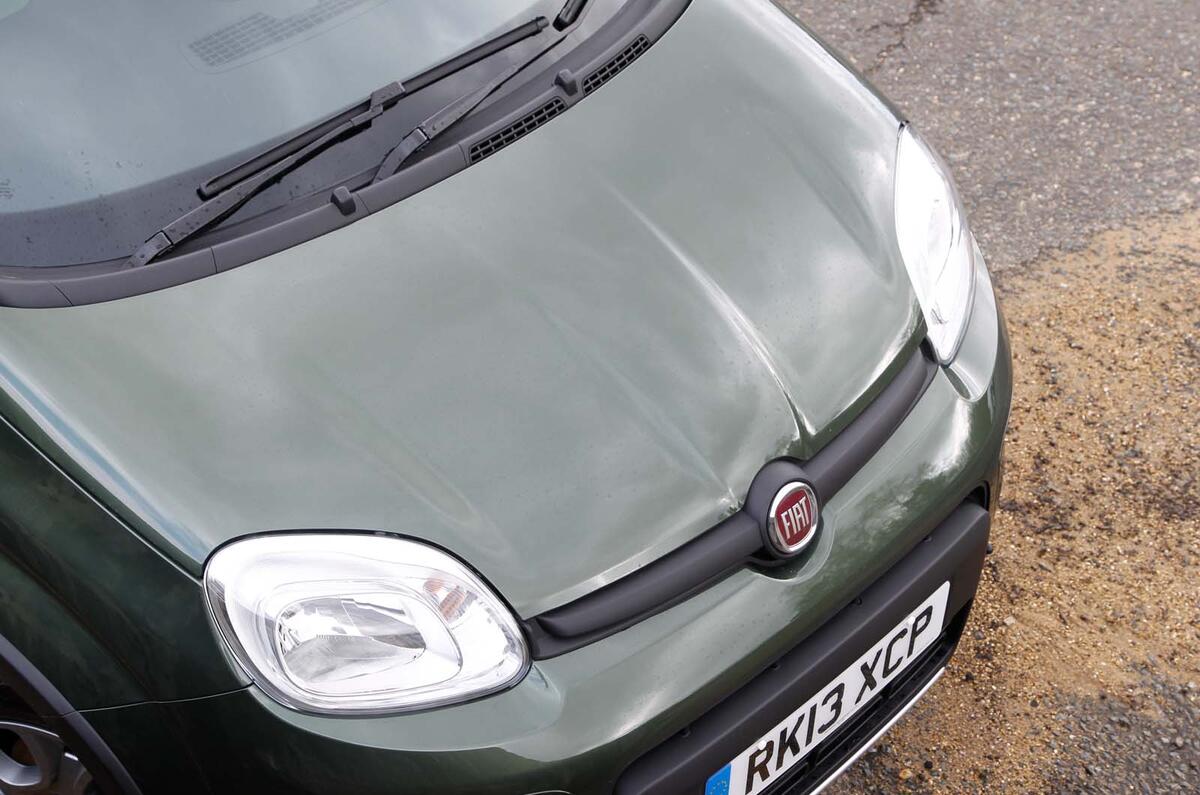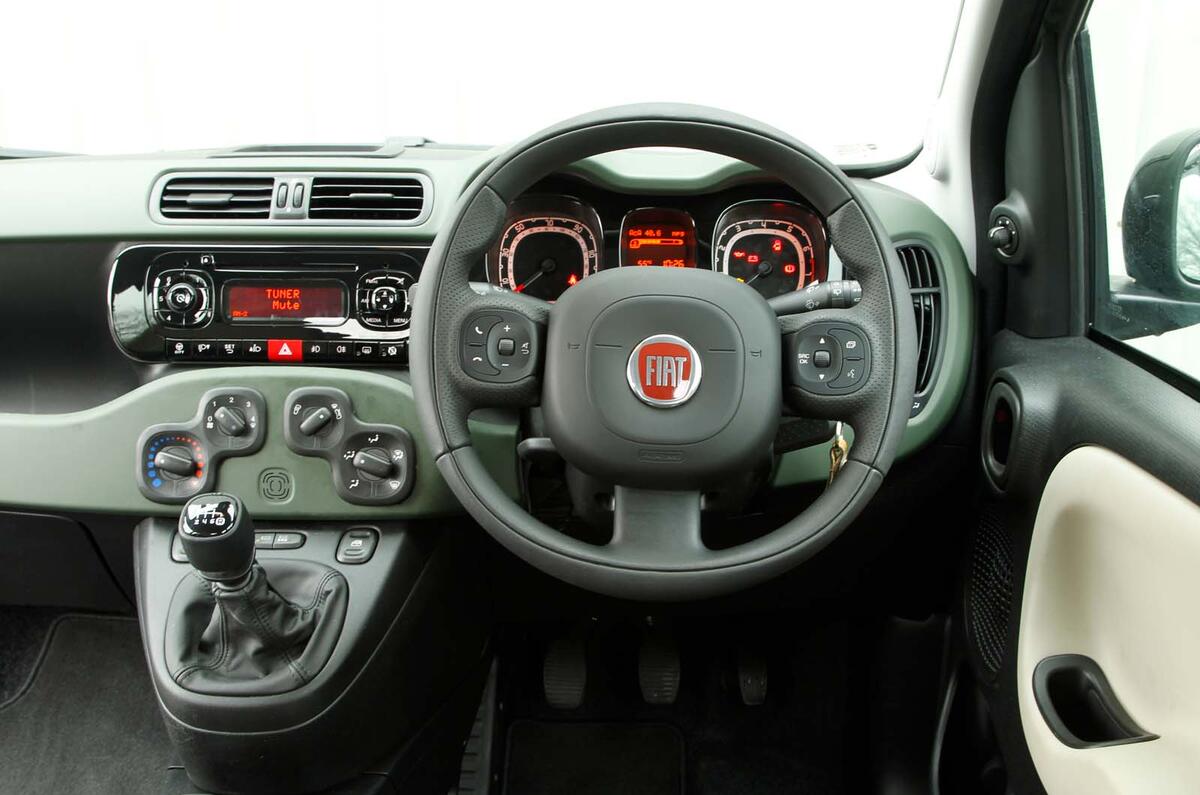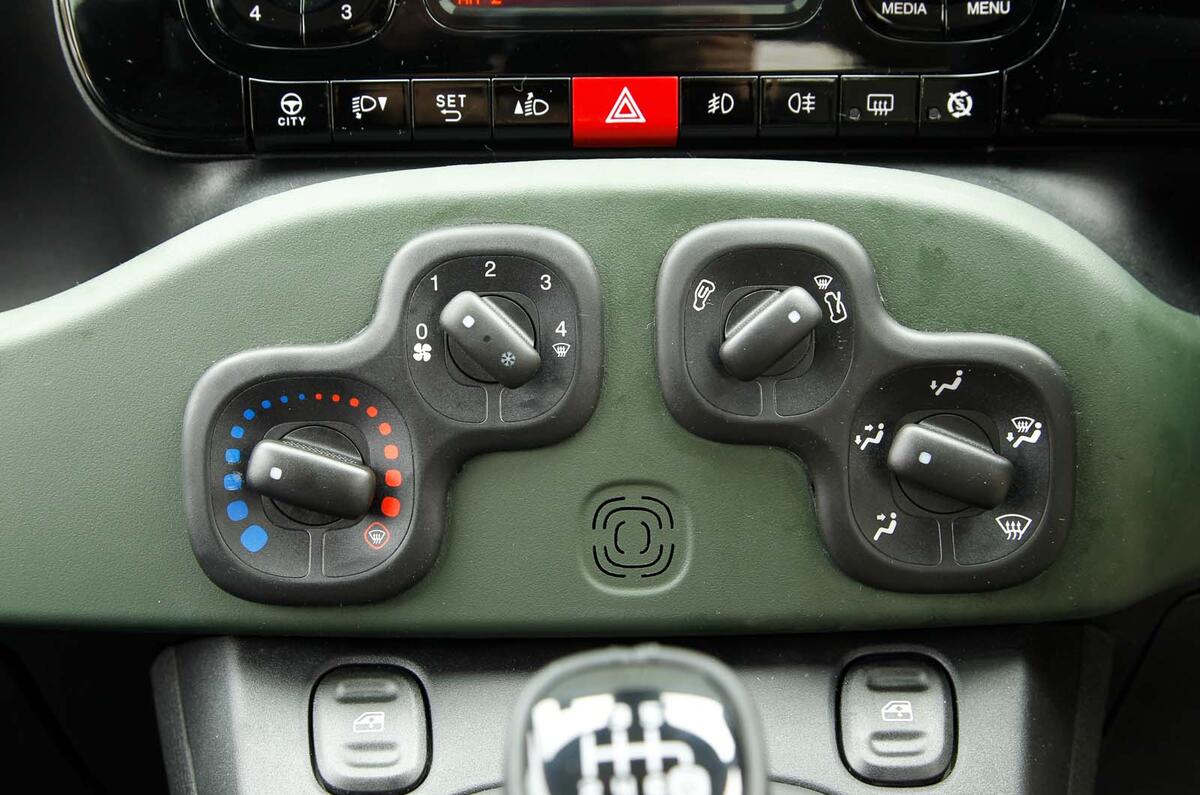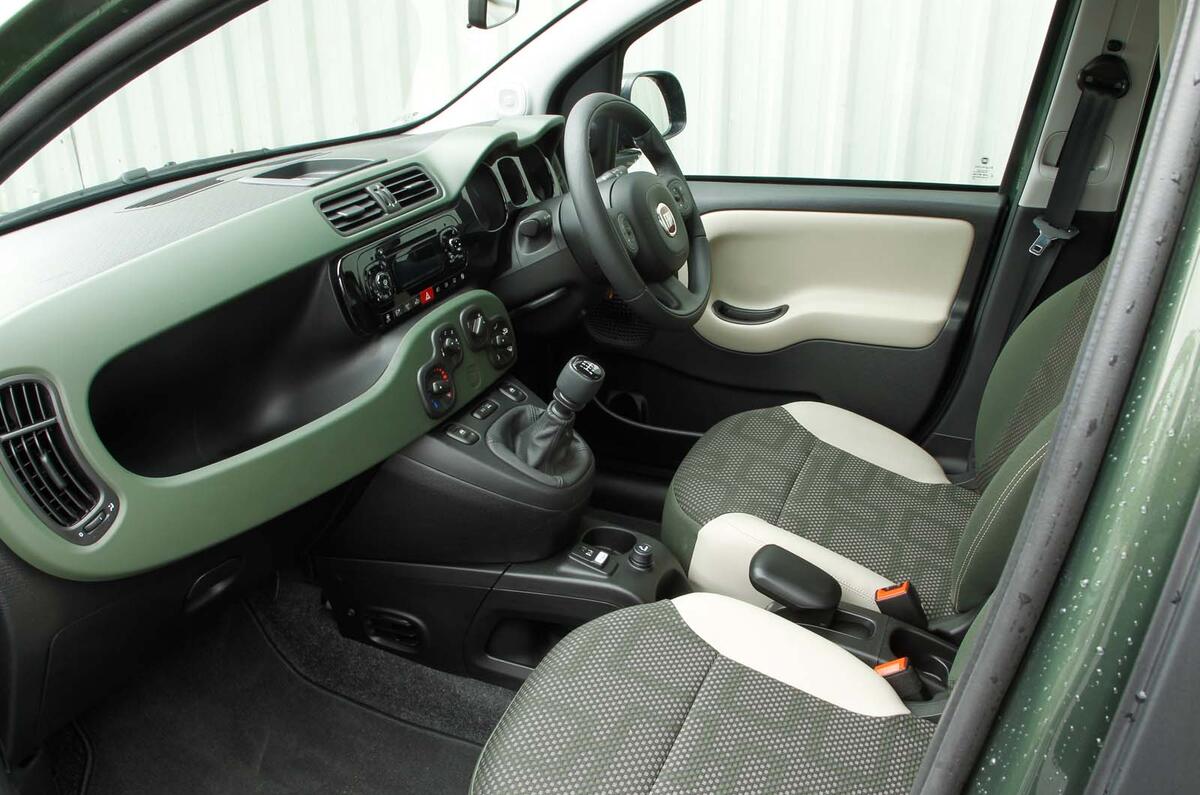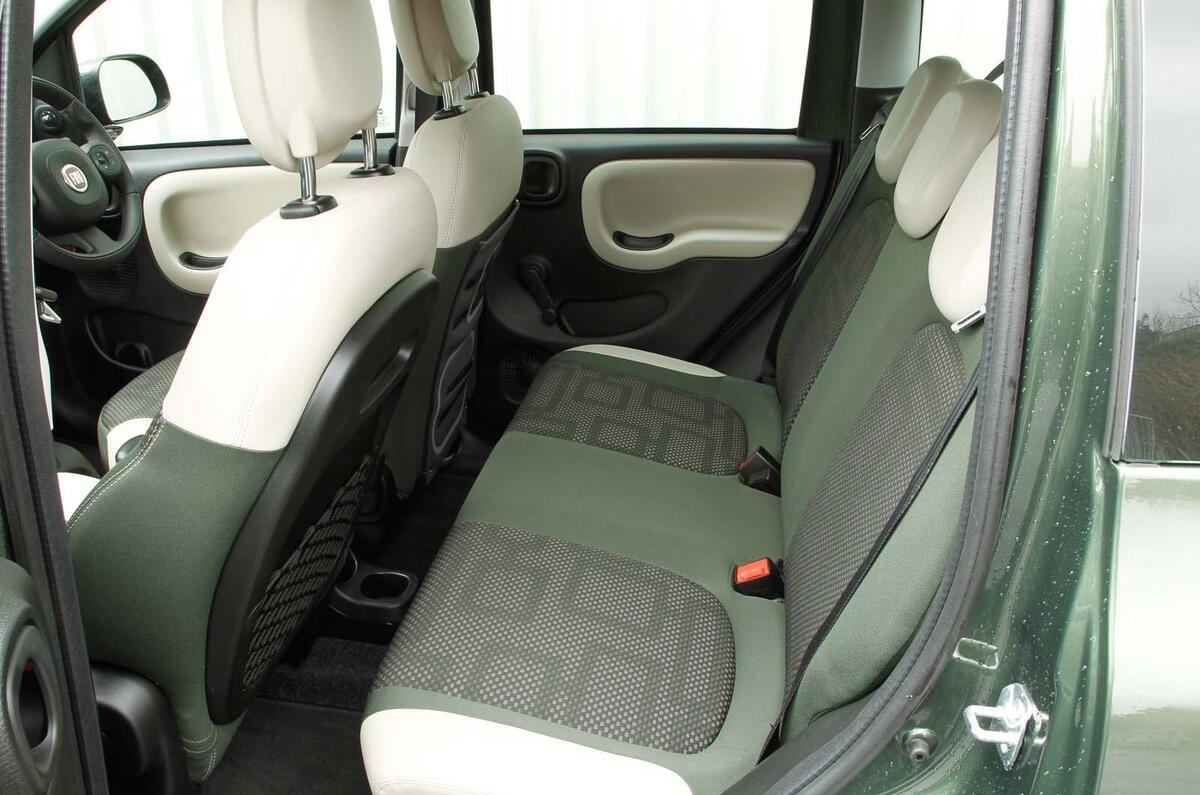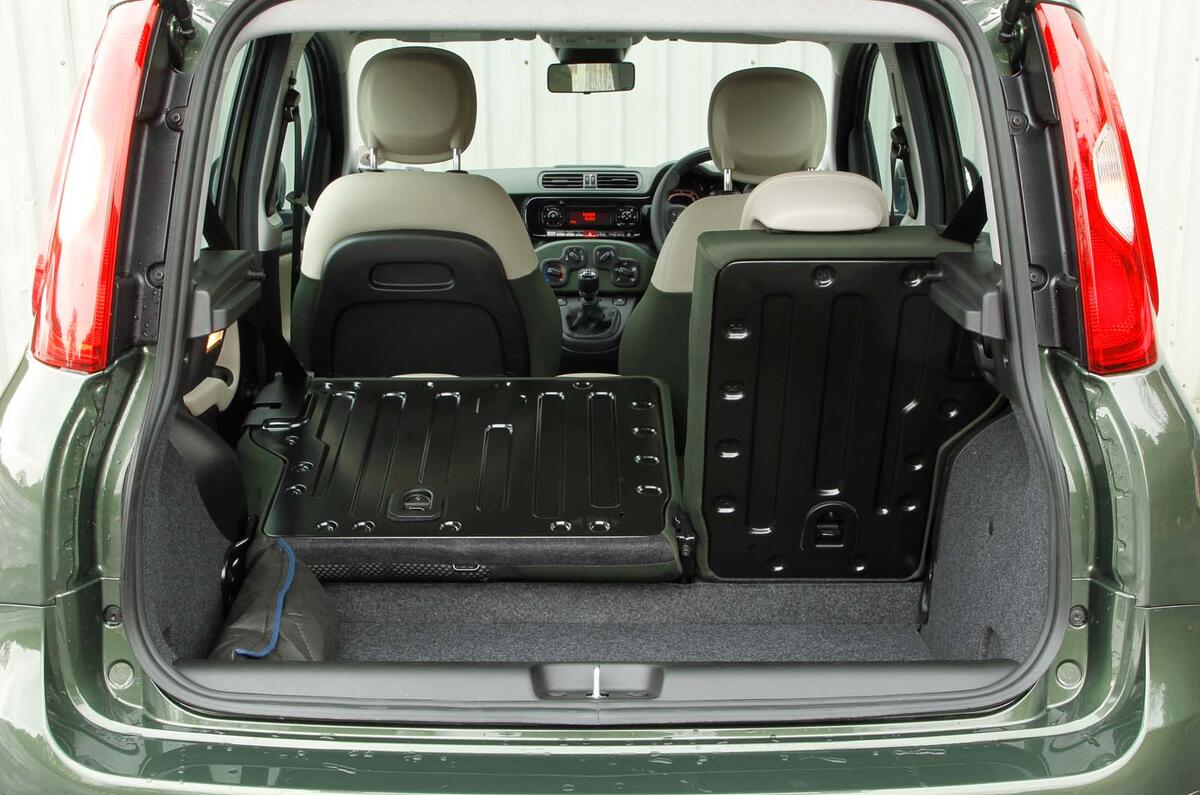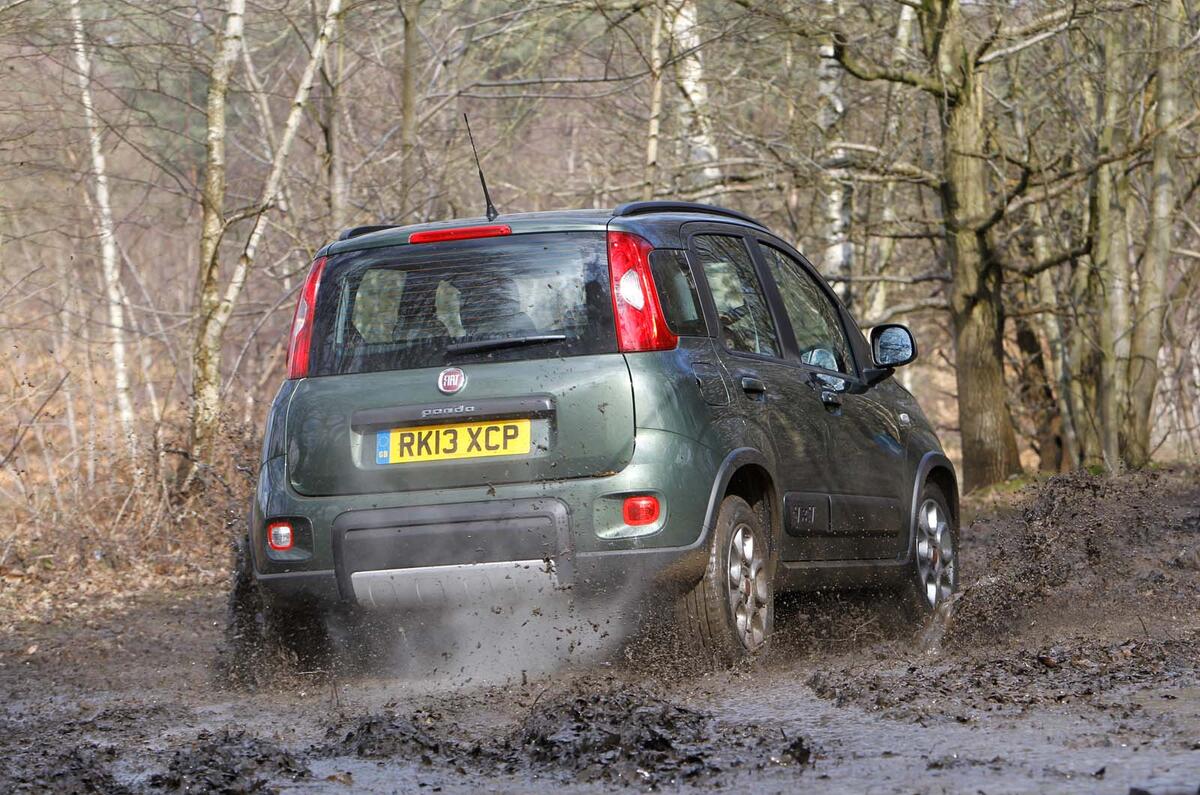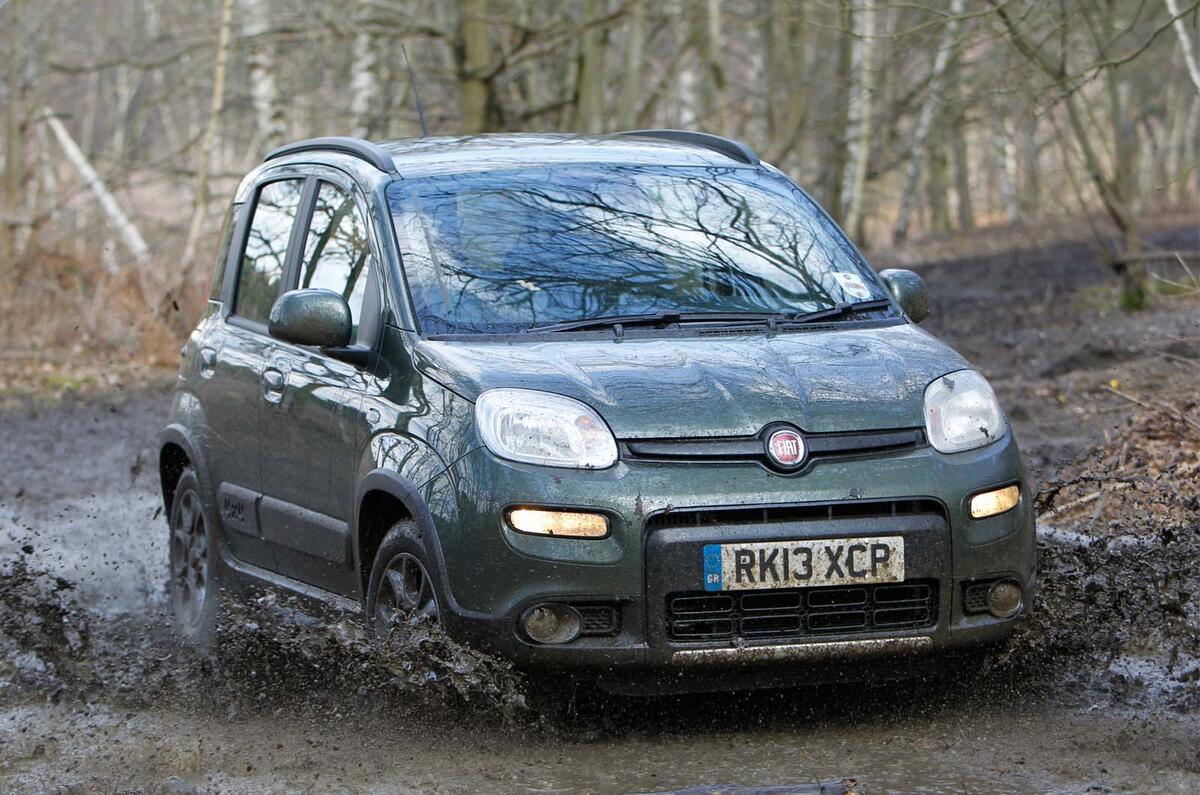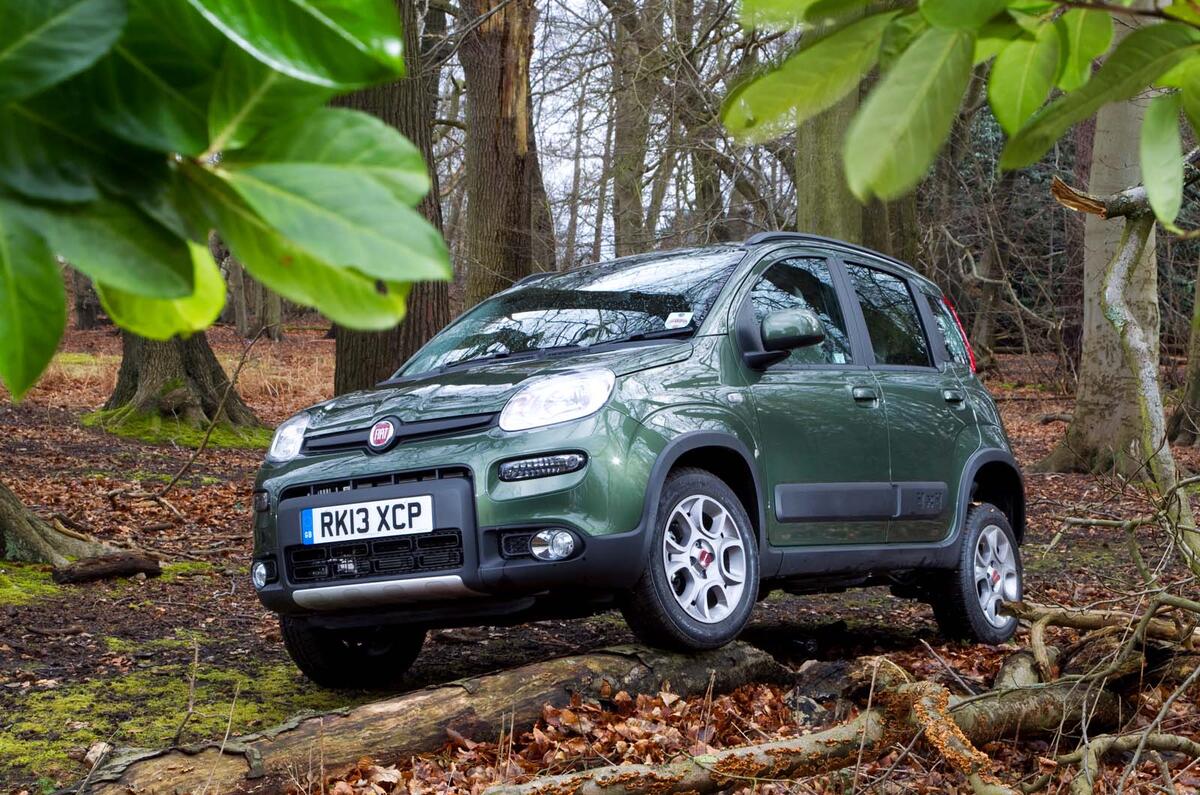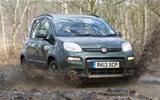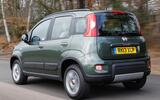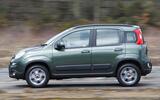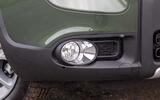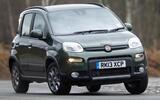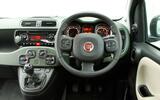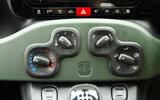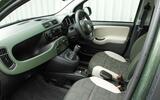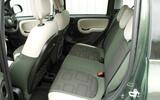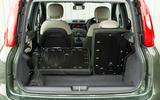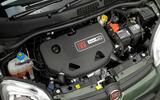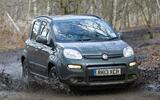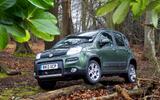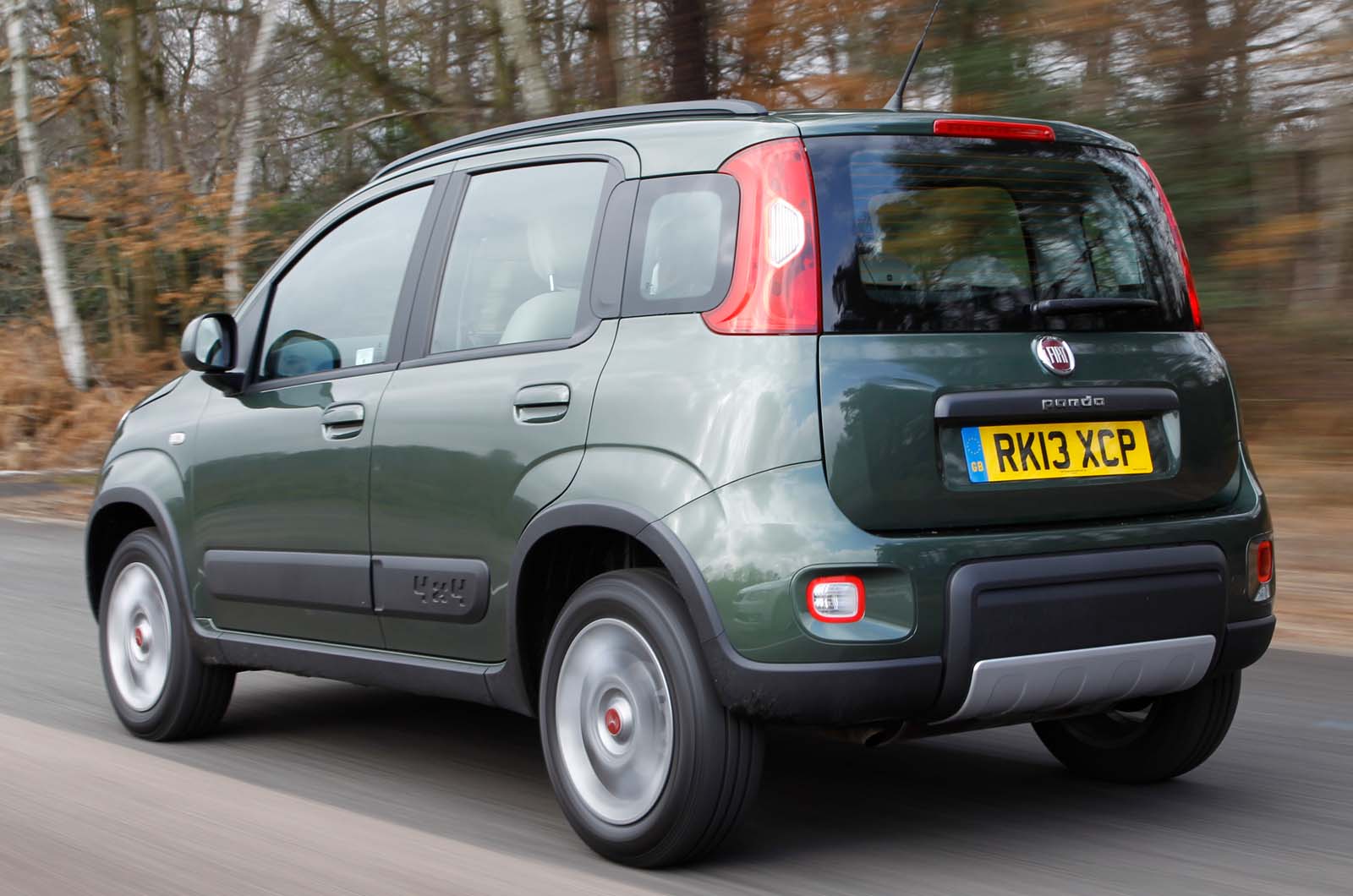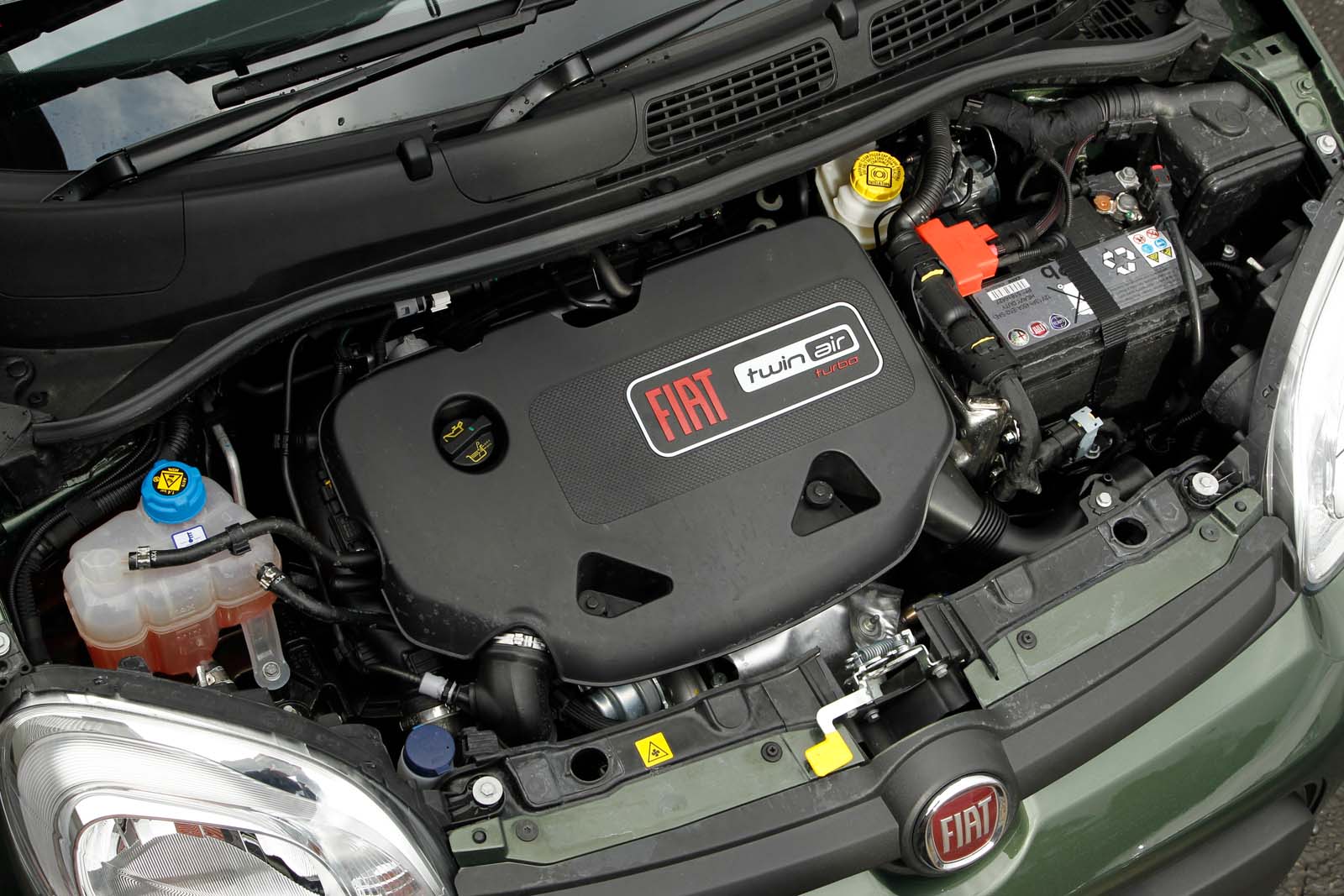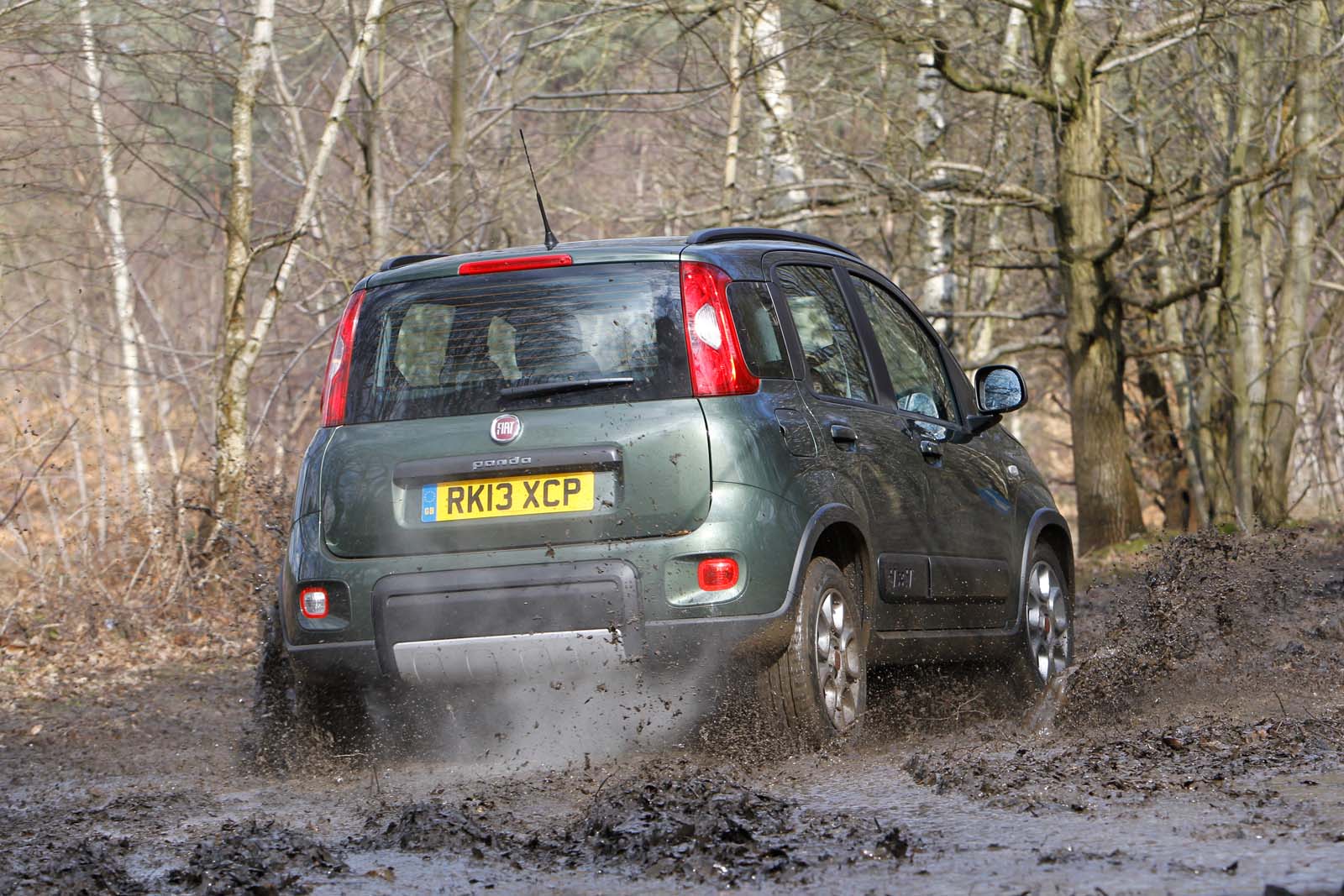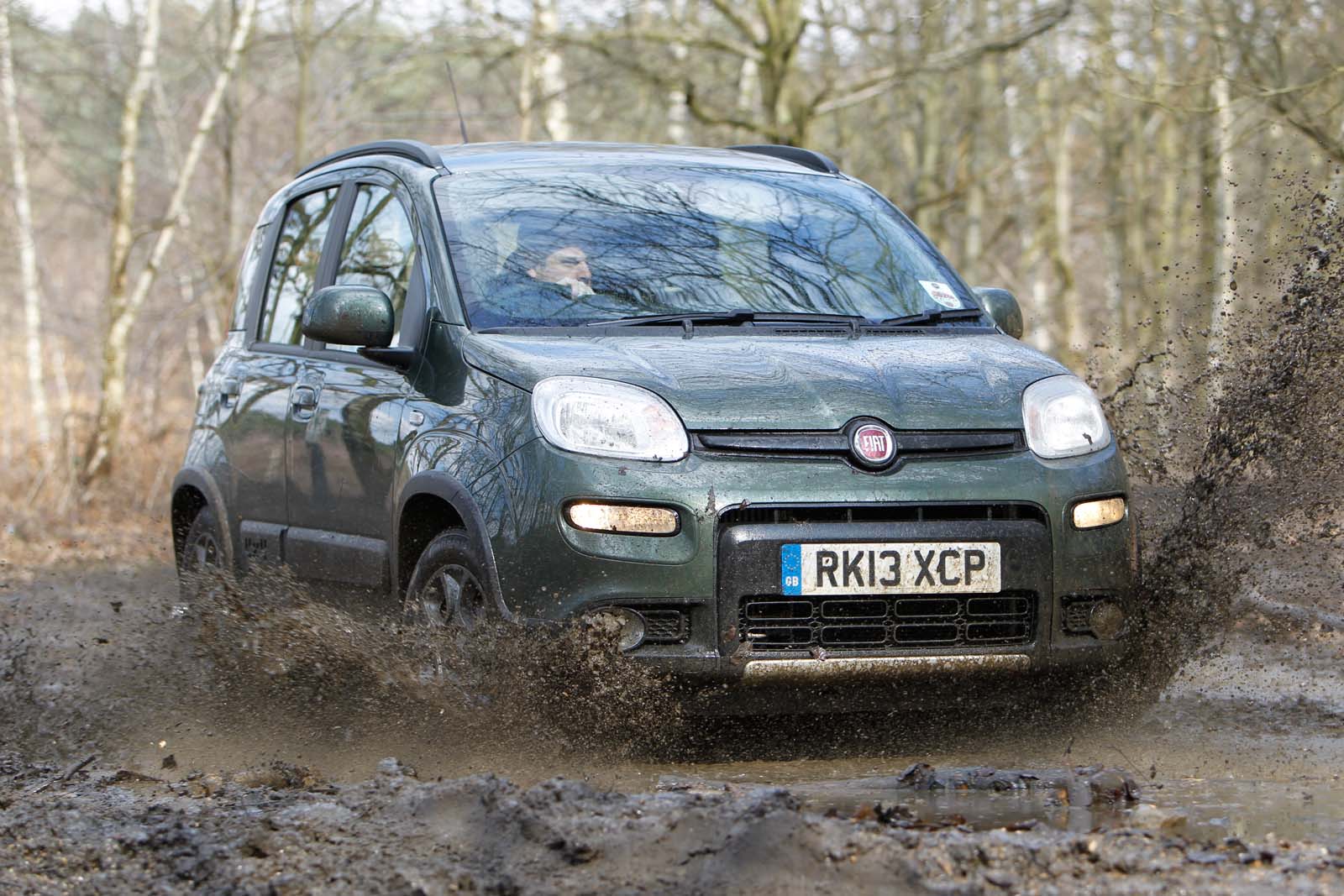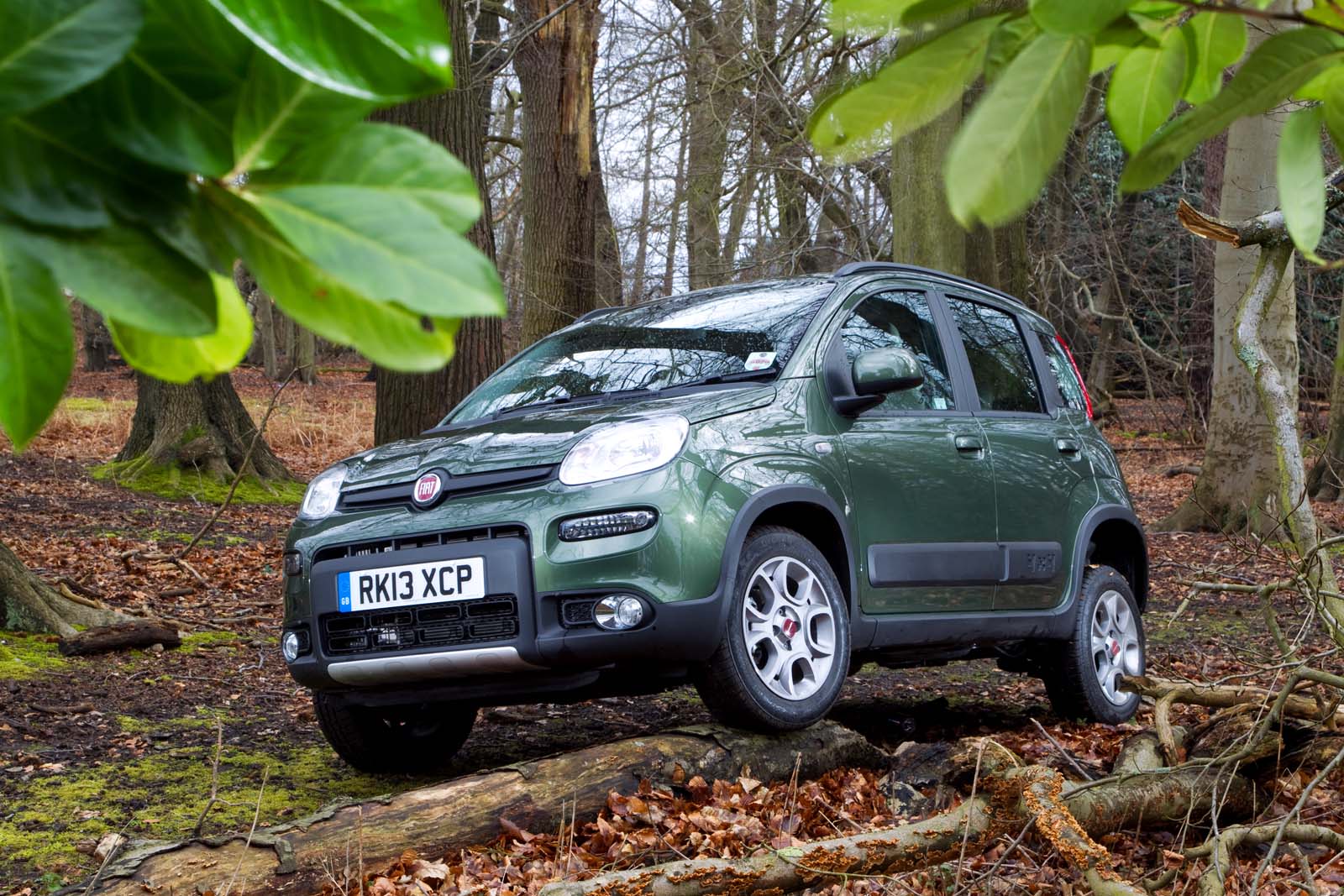If you want a quirky baby hatchback that can also offer genuine off-road ability, there’s only one car for the job: the Fiat Panda.
The third generation of the ever-so-cute Italian, launched in 2011, added a cheeky and cuddly look, improved interior technology and greater refinement to its famous versatility.
“The Panda is one of those cars that is exceptionally hard to be harsh to, one that revels in being what it is: a wonderfully compact, fun car,” was our summary when we road tested it at the time.
Its ease of use and classless appeal helped earn the Panda an impressive 4.5-star verdict, trouncing rivals in a segment that was then full of overachievers – the Volkswagen Up chief among them.
Fast forward to 2025 and the Panda is accessible to all, with well-used, high-mileage examples available for less than £2000. If your budget is tight, you will end up with a Panda powered by either a 68bhp 1.2-litre four-cylinder or 84bhp turbocharged 0.9-litre two-cylinder petrol engine.
The 1.2 is fine if you intend to use the Panda for city hops, but it feels a bit sluggish on a rural road or motorway. It’s smooth and a little more refined than the thrummy-sounding Twinair, but then that can be comfortably driven around town and up the motorway.
A tidy Twinair with around 50k to 60k miles on the clock should set you back around £3500, but it’s well worth spending the extra cash – and some versions of the Twinair won’t cost you a penny in road tax. There’s also a 1.3-litre four-cylinder diesel, the Multijet, which has more than enough grunt and will easily manage around 50mpg.


